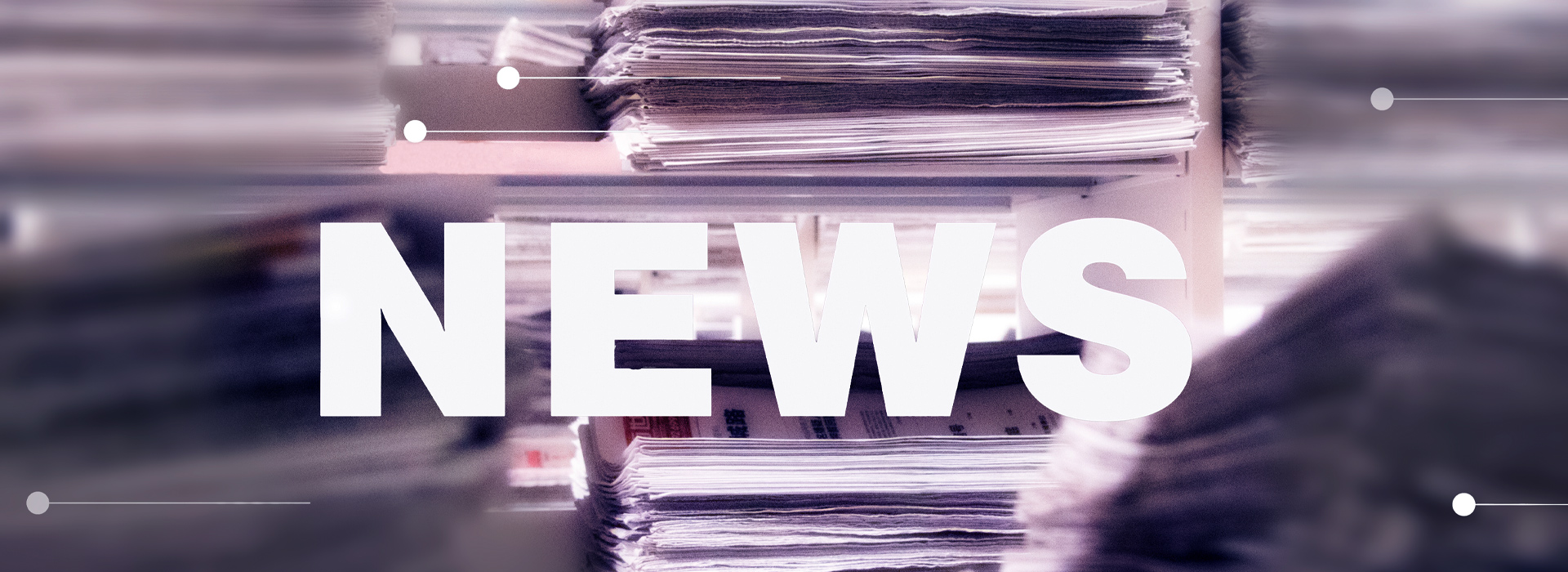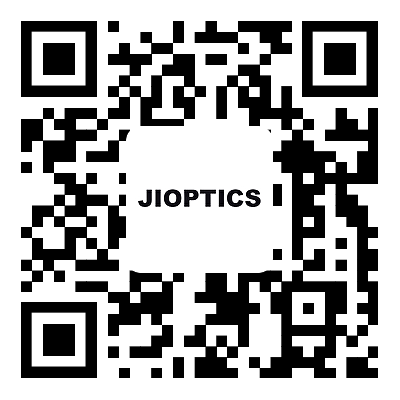Summary of advantages of laser ranging sensors
2023-04-26
Since its inception, laser ranging sensors have played a huge role in various industries. Not long after the world's first ruby laser was introduced in 1960, laser ranging technology with precision ranging as its main function was born. After more than 50 years of development, the development of the first ruby laser is roughly manifested in two aspects: firstly, the application of various new technologies and equipment to improve ranging accuracy and observation data volume; Secondly, it is necessary to improve the automation level of the ranging system and reduce the consumption of manpower and material resources.
Laser rangefinder has been greatly developed because of its strong anti-interference ability and high accuracy.
In terms of measurement accuracy, it has gradually improved from the initial meter level to the decimeter and centimeter levels. Currently, the most advanced stations in the world have ranging accuracy that can reach the millimeter level. In terms of ranging capability, it has increased from the initial maximum distance of 1000-2000km to 20000 km, and even 36000 km. The implementation of laser lunar measurement has achieved a ranging capability of 380000 kilometers. Speaking of measurement frequency, it has evolved from once per second to 1000-2000 times per second, and higher frequency laser ranging (such as 10kHz ranging) is also being tested. Finally, let's talk about the level of automation, which has evolved from early manual visual tracking to today's computer control and automatic tracking.
Laser rangefinder has been greatly developed because of its strong anti-interference ability and high accuracy.
In terms of measurement accuracy, it has gradually improved from the initial meter level to the decimeter and centimeter levels. Currently, the most advanced stations in the world have ranging accuracy that can reach the millimeter level. In terms of ranging capability, it has increased from the initial maximum distance of 1000-2000km to 20000 km, and even 36000 km. The implementation of laser lunar measurement has achieved a ranging capability of 380000 kilometers. Speaking of measurement frequency, it has evolved from once per second to 1000-2000 times per second, and higher frequency laser ranging (such as 10kHz ranging) is also being tested. Finally, let's talk about the level of automation, which has evolved from early manual visual tracking to today's computer control and automatic tracking.



